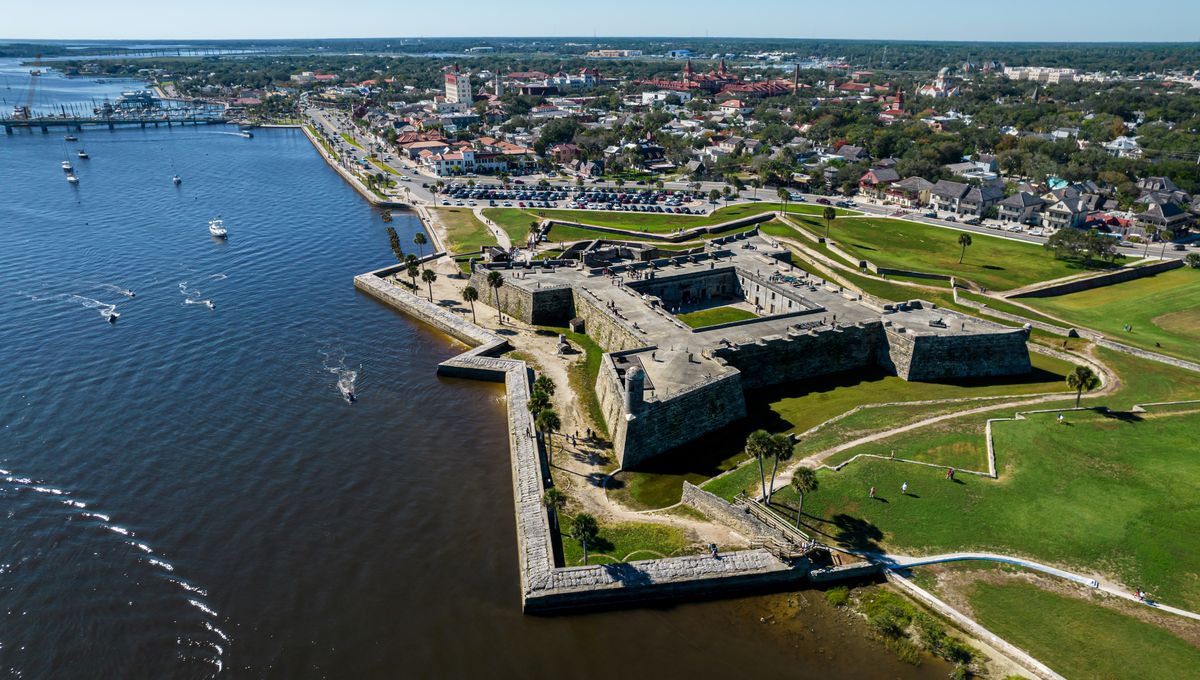
The United States itself might only be a measly 248 years old, but there are plenty of sites now existing within it that have been around for far longer. That even includes cities – but which city is the oldest of them all? Pack your sunglasses (and maybe a helmet), because we’re off to Florida.
While the state might be better known for Disney, alligators, and spawning a multitude of “Florida Man” headlines, it’s also home to the oldest continuously inhabited city in the country, St. Augustine.
Located in northeastern Florida, the city was founded all the way back in 1565 – 20 years before Roanoke and 42 years before Jamestown (neither of which were to last anyway) were established. For once, the English weren’t involved.
“One of the challenges that St. Augustine faces, and Florida history in general, is that the narrative of U.S. history typically begins with the English story of Jamestown and the pilgrims,” historian Dr J. Michael Francis told Smithsonian Magazine.
So, who did establish St. Augustine? It involved another European country – Spain.
The Spanish government had been trying to establish a settlement in Florida ever since explorer Juan Ponce de León first landed there back in 1513, but at least six expeditions aiming to do so failed.
Another expedition was being prepared when Huguenots, a group of Protestants fleeing from France, managed to establish a fort and colony near what is now Jacksonville. Given that Spain had already laid claim to the area, King Philip II wasn’t particularly happy about this development.
His solution was to send admiral Pedro Menéndez de Avilés to Florida, with the aim of setting up a Spanish settlement and dispatching the French one. Departing from the Spanish port city of Cádiz on June 28, 1565, Menéndez and his fleet first caught sight of Florida two months later, on August 28.
As Menéndez’s brother-in-law and captain of the fleet, Gonzálo Solis de Méras, recalled: “As soon as he reached there (the harbor of St. Augustine) he landed about 300 soldiers and sent two captains with them, who were to reconnoiter that daybreak the next morning the lay of the land and the places which seemed to them strongest (for defense), in order that they might dig a trench quickly while it was being seen where they could build a fort.”
“Where” would end up being St. Augustine – but how did that name come about?
It just so happened that August 28, when they saw land for the first time, was also the feast day of – you guessed it – Saint Augustine, the patron saint of brewers (among other things). So, when Menéndez formally laid claim to the area on behalf of the Spanish Empire on September 8, he ended up naming the city after the saint.
The city would go on to be under British rule, then back to Spanish, and eventually become part of the US, but remained settled the entire time and would continue to be so to this day.
Source Link: What’s The Oldest City In The US?